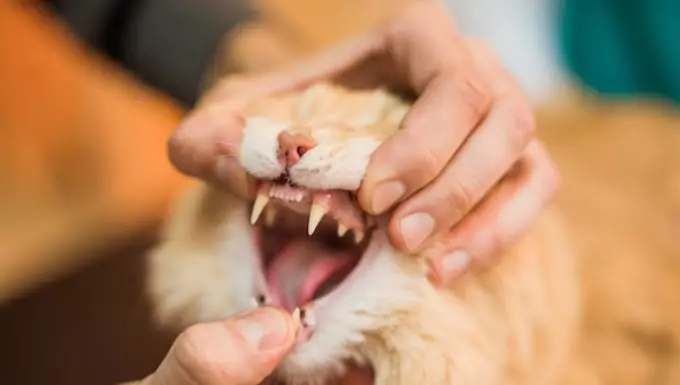Gingival hyperplasia, commonly referred to as enlarged gums, is a dental condition that affects cats and results in the inflammation of the gingival tissue in their mouths. This condition is often caused by the buildup of bacteria and plaque, leading to significant discomfort and adverse effects on oral health. This article aims to delve into the symptoms, causes, and treatment options available for this dental issue in felines.
The symptoms of gingival hyperplasia can manifest in various ways, presenting a challenge for cat owners who may not be aware of what to look for. Common indicators include inflamed gums that may appear red and swollen, thickened gum lines, excessive drooling, and the presence of growths on the gums. In some cases, pockets can form in the gum area where pus may accumulate, signaling an advanced infection. It’s important to note that a cat suffering from this condition may also exhibit changes in behavior, becoming irritable or less willing to eat due to pain.
While the primary catalysts of enlarged gums are bacteria and plaque, several contributing factors can exacerbate the condition. Poor dental hygiene is a significant risk factor, as neglecting regular dental care can lead to the enhanced buildup of plaque. Additionally, a poor diet lacking in essential nutrients may weaken a cat’s immune system, making them more susceptible to dental diseases. Age also plays a critical role, as older cats tend to experience more severe oral health issues. Certain breeds are predisposed to dental concerns, which can increase the likelihood of developing gingival hyperplasia.
If you suspect your cat may have gingival hyperplasia, it is crucial to consult a veterinarian as soon as possible. A complete examination will typically begin with the veterinarian assessing your cat’s symptoms and medical history, including breed-specific risks. Oral examinations may be complemented by X-rays to gain a deeper understanding of the dental structure beneath the surface, and biopsies may be performed to analyze any abnormal growths.
Treatment for gingival hyperplasia generally commences with a thorough cleaning of the teeth and gums to eliminate plaque buildup. Pain management is also essential, and veterinarians often prescribe medication to alleviate discomfort during the healing process. In more severe cases of gum enlargement, surgical intervention may be advised to reshape the gum line effectively. It is vital for pet owners to adhere strictly to medication protocols and complete the full course of treatment as directed by the veterinarian.
As with many health conditions, the old adage “prevention is better than cure” holds true for gingival hyperplasia. Regular dental care, including brushing your cat’s teeth and providing a balanced diet, can significantly reduce the risk of gum diseases. Keeping up with routine veterinary check-ups is equally important to catch any potential issues early on.
Understanding and addressing gingival hyperplasia in cats is essential for maintaining their overall health and comfort. Proper dental care and regular veterinary visits can go a long way in preventing serious complications related to this condition, ensuring your feline friend remains happy and healthy for years to come.


Leave a Reply